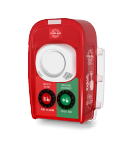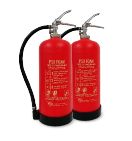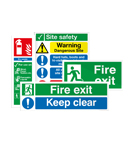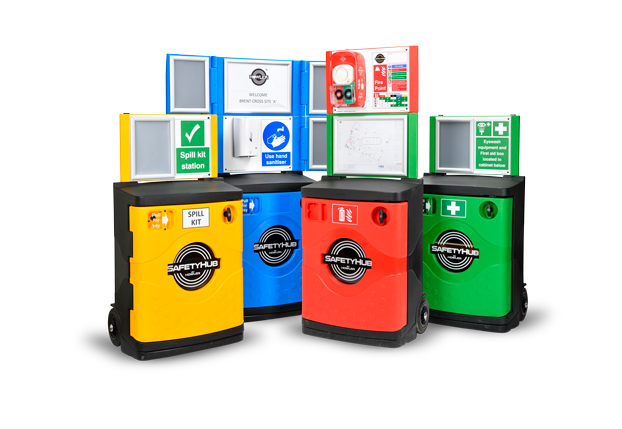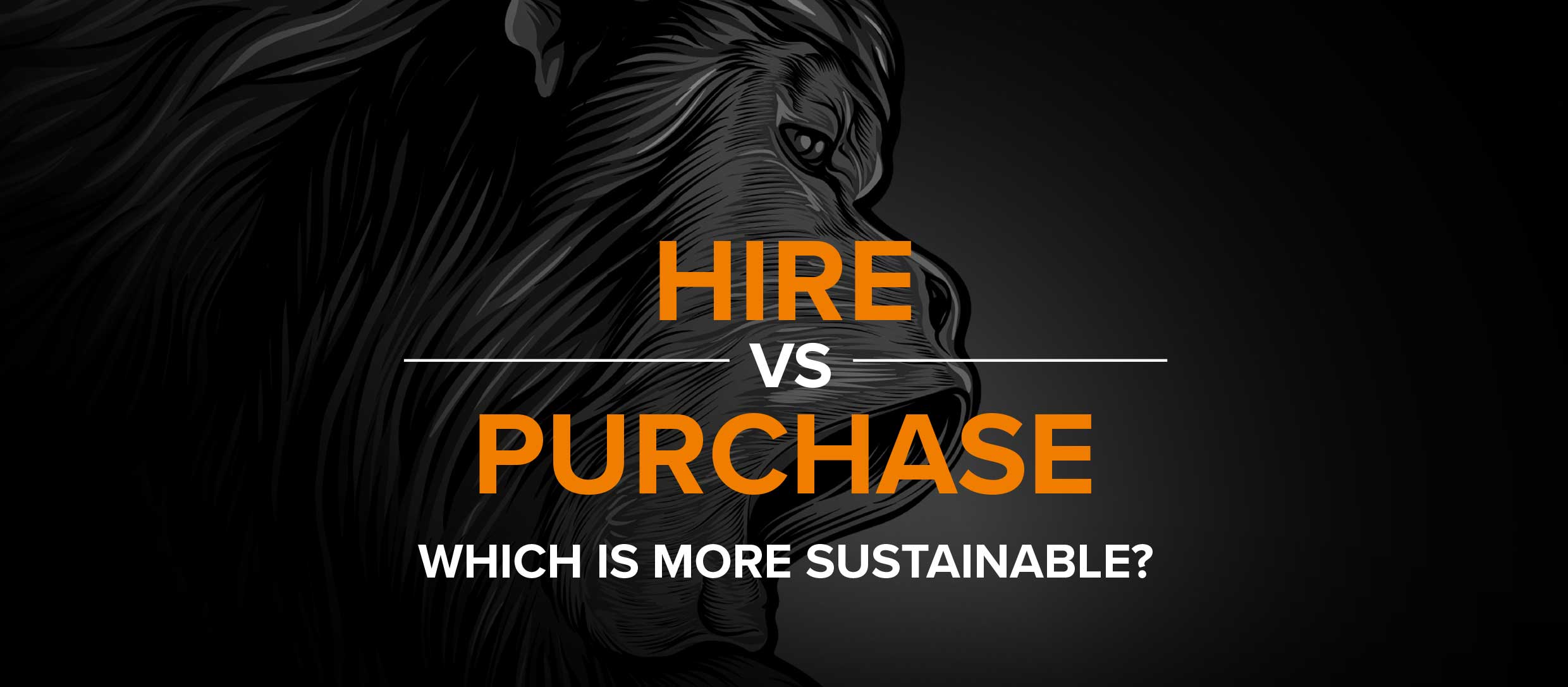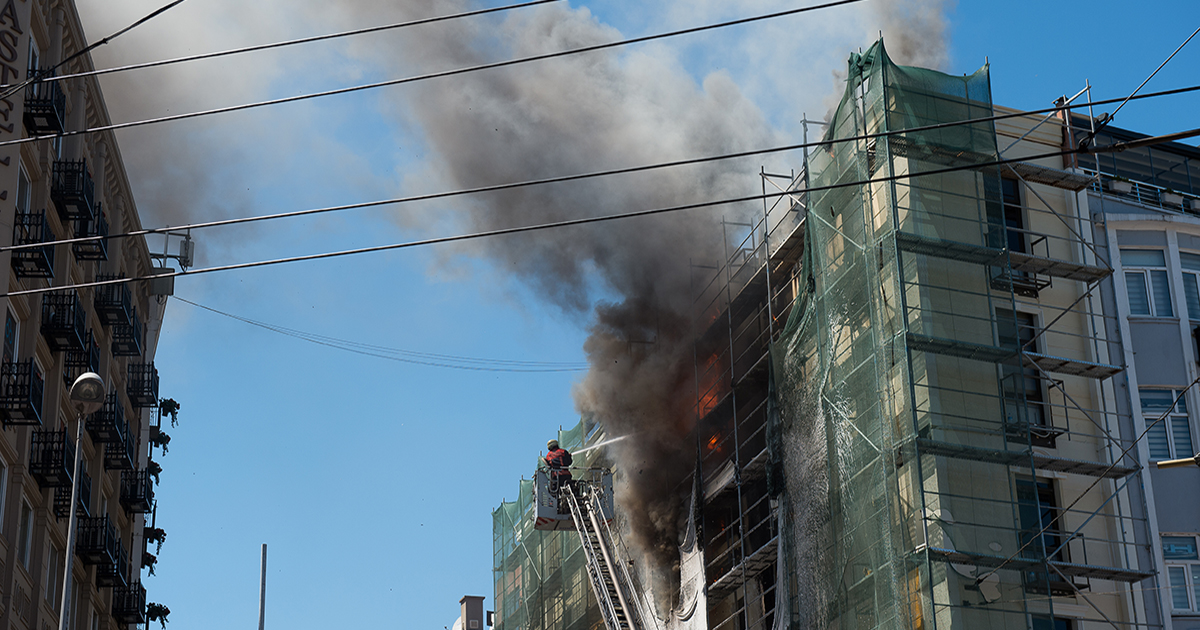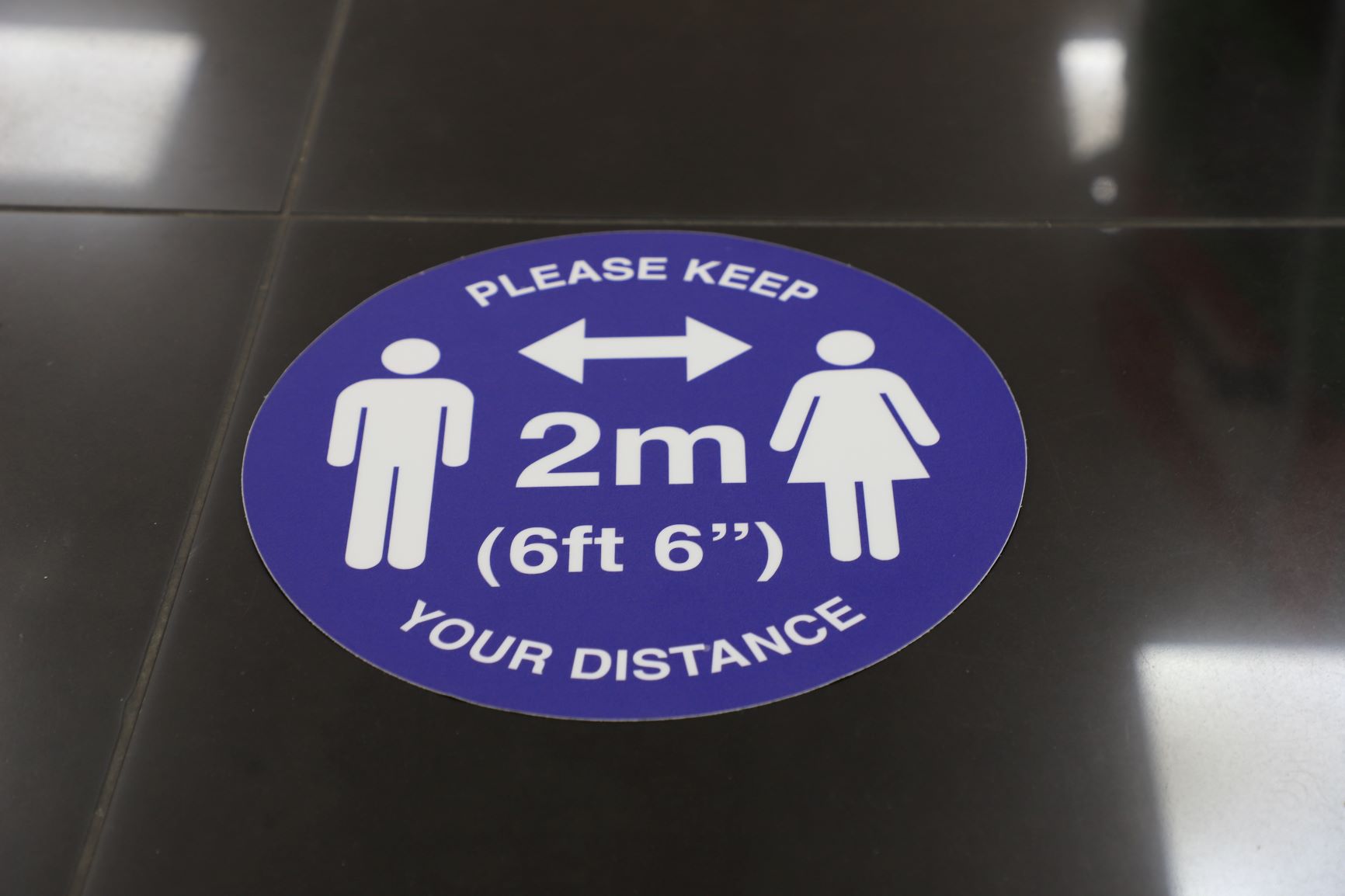Equipment rental on construction sites is part of every project. It’s convenient, cost-effective, risk-free and enables companies to invest in their core business without having to worry about managing a fleet of equipment. It’s also better for the world around us; as the European Rental Association (ERA) confirm, ‘Rental is an inherently circular and sustainable model’.
The ERA goes on to explain that ‘the rental industry by definition operates in a circular business model. It fulfils all of the circular economy principles and, by doing so, minimises the negative environmental impact of equipment.’ So, let’s take a look at the core principles of a circular business model and what they mean:
1. Shared usage
During its life, a piece of equipment will typically have periods of inaction – either at different phases during the works or between different projects. By using rental equipment, construction companies and other rental customers can effectively ‘share’ access to the same equipment. This practice of shared use vastly improves the efficiency of every piece of equipment, which ultimately generates fewer carbon emissions than using multiple pieces of equipment.
2. Repair vs replace
To maximise the ROI on any piece of equipment, rental companies will focus on the durability and repairability of every item. From the initial product design through to routine maintenance, the priority will always be to repair damaged equipment rather than replace. This not only extends the life cycle of the product but also ensures that it’s operating at optimum efficiency throughout its life.
3. Expert support
Regular engagement with the equipment will ensure the maintenance teams are properly equipped to address technical issues effectively, optimising the performance of every piece of equipment throughout its life.
4. Reusability
Properly managed, rental equipment never ‘dies’, as the individual components can be reused even if the whole unit has reached the end of its life. Reusing and repurposing materials is a core component of any hire company’s sustainability model.
5. Recycling
Rental companies take care of their equipment through repairs, when it is still possible, and recycling, when it is at the end of its life cycle. By controlling the whole distribution process and by retaining ownership, rental companies are uniquely placed to effectively manage any end-of-life processes required.
6. Lower carbon emissions
An independent research study commissioned by ERA on the carbon footprint of construction equipment has demonstrated that the rental business model stimulates the efficient use of equipment and that this efficient use lowers the total carbon footprint. Depending on specific user practice, this can lead to significant reductions in the range of 30 – 50%.
